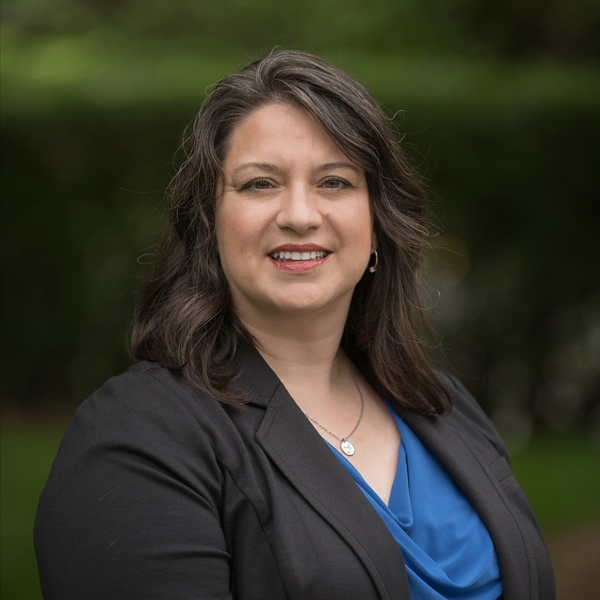Various employee plan benefit and contribution limitations are subject to cost of living adjustments (COLA). The Internal Revenue Service has just released the new limits, which are effective as of January 1, 2022. IRS Notice 2021-61 announces these adjustments.
Below are the fiscal year 2022 limitations for qualified retirement plans as well as the fiscal year 2022 compensation levels used to determine highly compensated employees and key employees, along with the two prior years’ information for reference.
COST OF LIVING ADJUSTMENTS FOR QUALIFIED RETIREMENT PLANS
Various employee plan benefit and contribution limitations are subject to annual cost of living adjustments. Effective as of January 1 in each respective year, the cost of living increases in the dollar limitations on pension plan benefits and contributions are as follows:
- Code Sec. 402(g)(1) – 401(k) plan elective deferrals
- Code Sec. 457(e)(15) – Government and tax exempt organizations elective deferrals:
- 2020 – $19,500 (Catch-up contribution for 50 or older – $6,500 additional)
- 2021 – $19,500 (Catch-up contribution for 50 or older – $6,500 additional)
- 2022 — $20,500 (Catch-up contribution for 50 or older – $6,500 additional)
- Code Sec. 415(b)(1)(A) – Maximum annual benefit on defined benefit plans:
- 2020 – $230,000
- 2021 – $230,000
- 2022 – $245,000
- Code Sec. 415(c)(1)(A) – Maximum contribution for defined contribution plan:
- 2020 – $57,000
- 2021 – $58,000
- 2022 – $61,000
- Code Sec. 401(a)(17) – Annual compensation limit for plans
- Code Sec. 404 (l) – Annual compensation limit for employer limit
- Code Sec. 408(k)(3)(C) – SEP compensation limits:
- 2020 – $285,000
- 2021 – $290,000
- 2022 – $305,000
- Code Sec. 408(k)(2)(C) – Maximum wage exclusion under SEP Plans:
- 2020 – $600
- 2021 – $600
- 2022 – $650
- Code Sec. 414(q) – Definition of highly compensated employee – Compensation in excess of
- 2020 – $130,000
- 2021 – $130,000
- 2022 – $135,000
- Code Sec. 408(p)(2)(E) – SIMPLE IRA or SIMPLE 401(k) Plans elective deferrals:
- 2020 – $13,500 (Catch-up contribution for 50 or older – $3,000 additional)
- 2021 – $13,500 (Catch-up contribution for 50 or older – $3,000 additional)
- 2022 – $14,000 (Catch-up contribution for 50 or older – $3,000 additional)
HIGHLY COMPENSATED EMPLOYEE
Section 414(q) – The term “highly compensated employee” for the 2022 year means any employee who performs services for the employer during the current year and:
- Was a 5-percent owner at any time during the current year or preceding year.
OR
- Received compensation in excess of $135,000 for the preceding year and, if the employer so elects, was in the top paid group, consisting of the top 20 percent, of the employee’s in the preceding year.
KEY EMPLOYEE
Section 416(i) – The term “key employee” means an employee who, at any time during the plan year is:
- An officer of the employer having an annual compensation greater than:
2020 – $185,000
2021 – $185,000
2022 – $200,000
OR
- A 5-percent owner of the employer, or a 1-percent owner of the employer having an annual compensation from the employer of more than $150,000.
For more information on employee plan benefits, contribution limits, and cost of living adjustments, contact us.
Written by: Erin Kidd, EA, AFC, MBA


